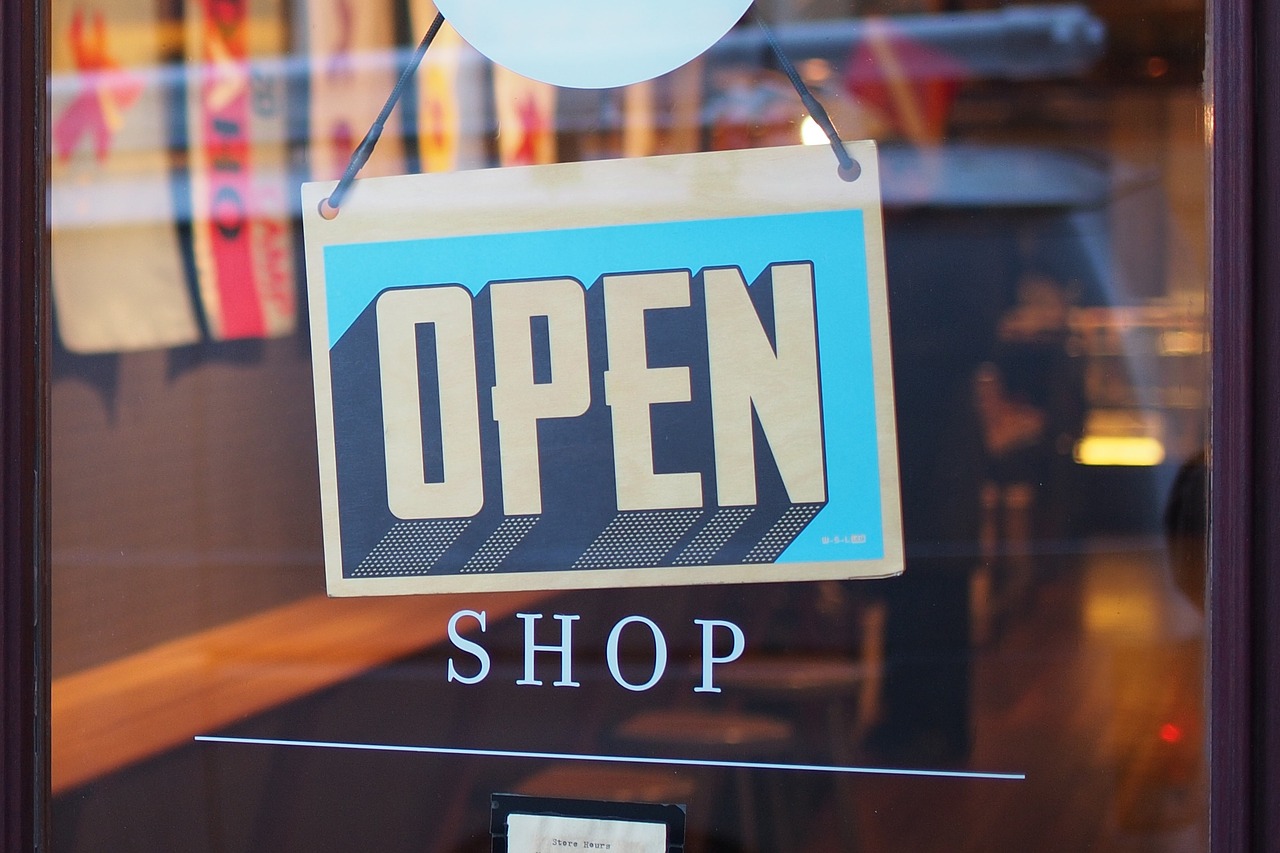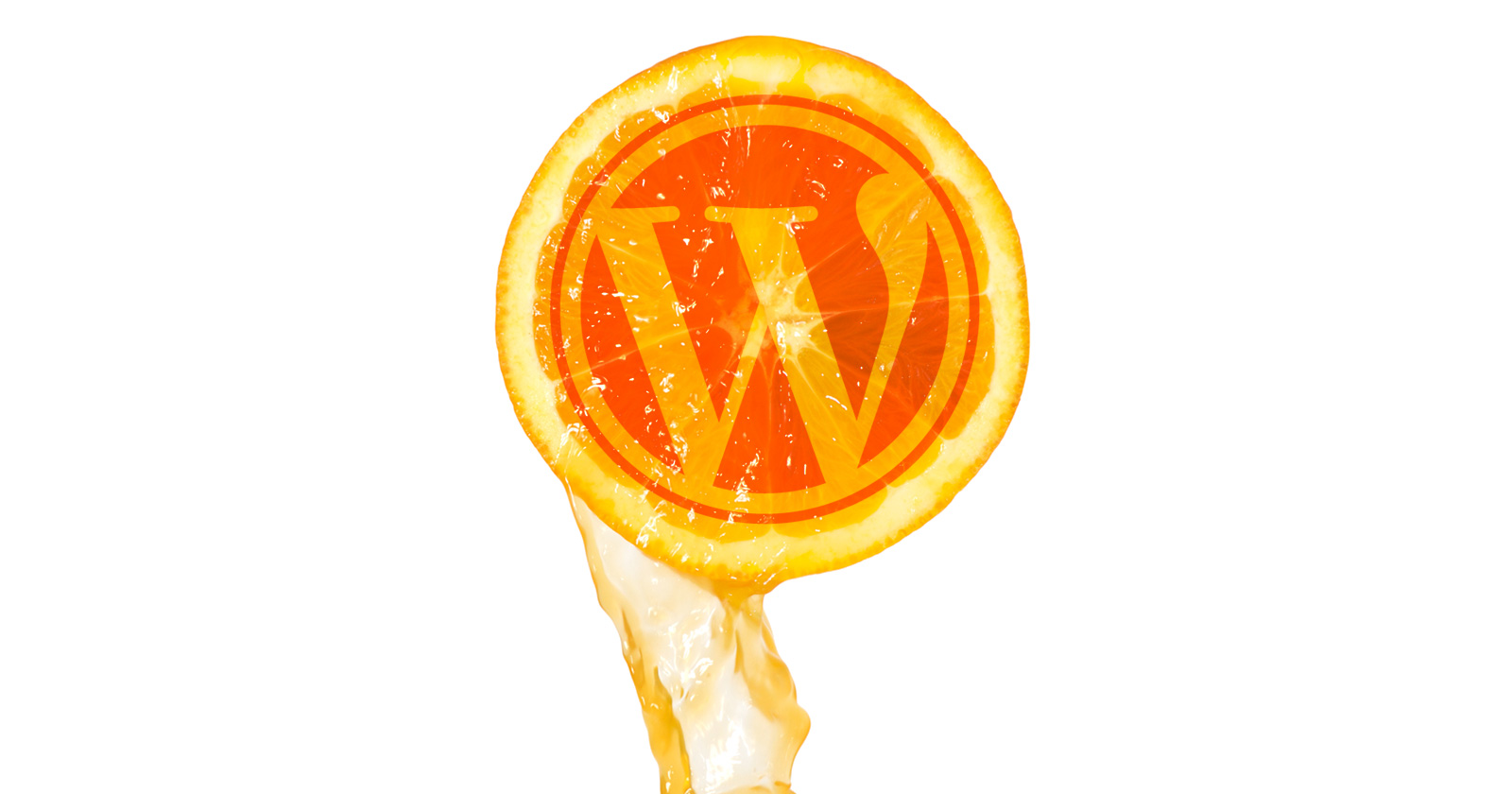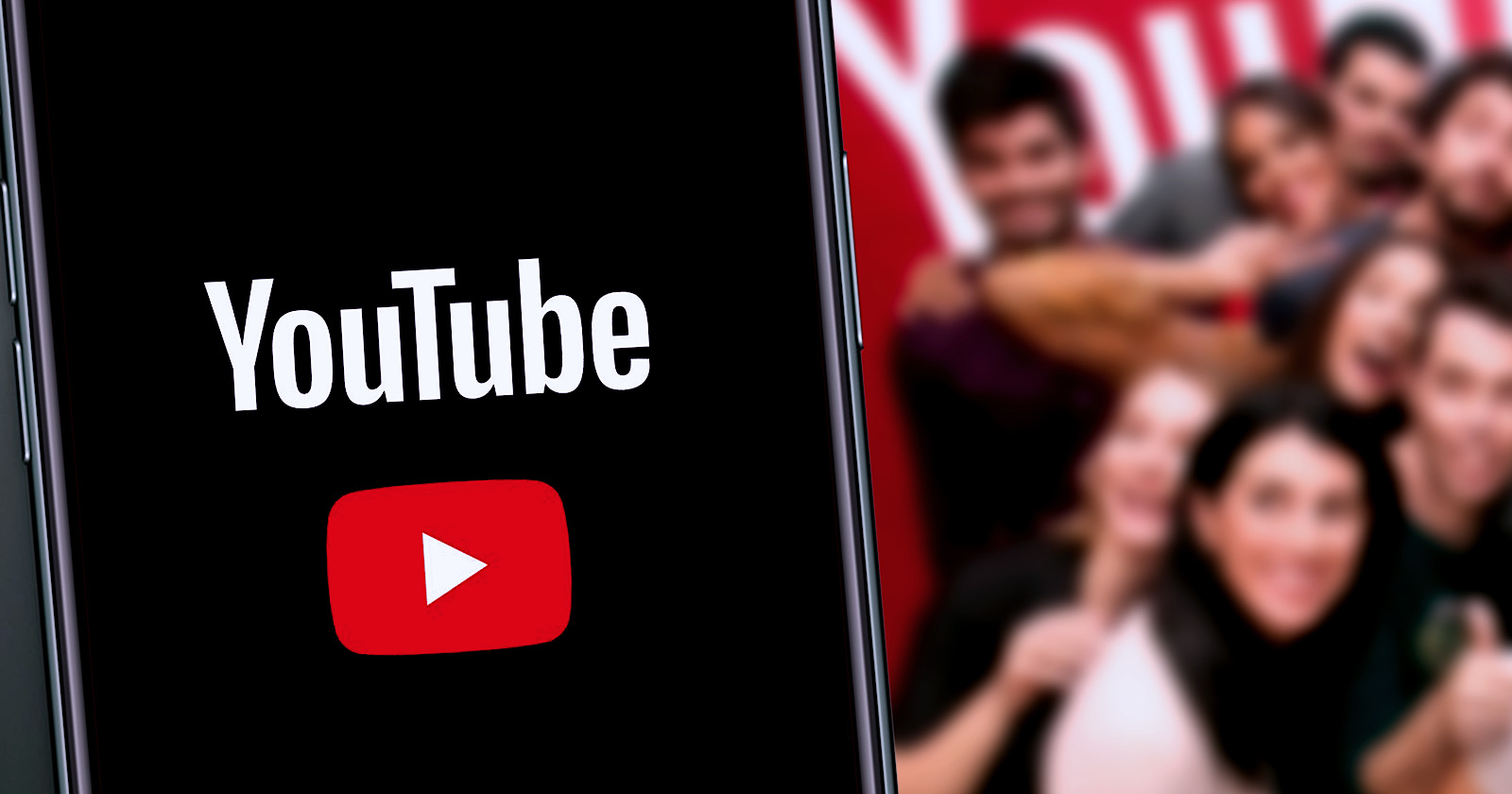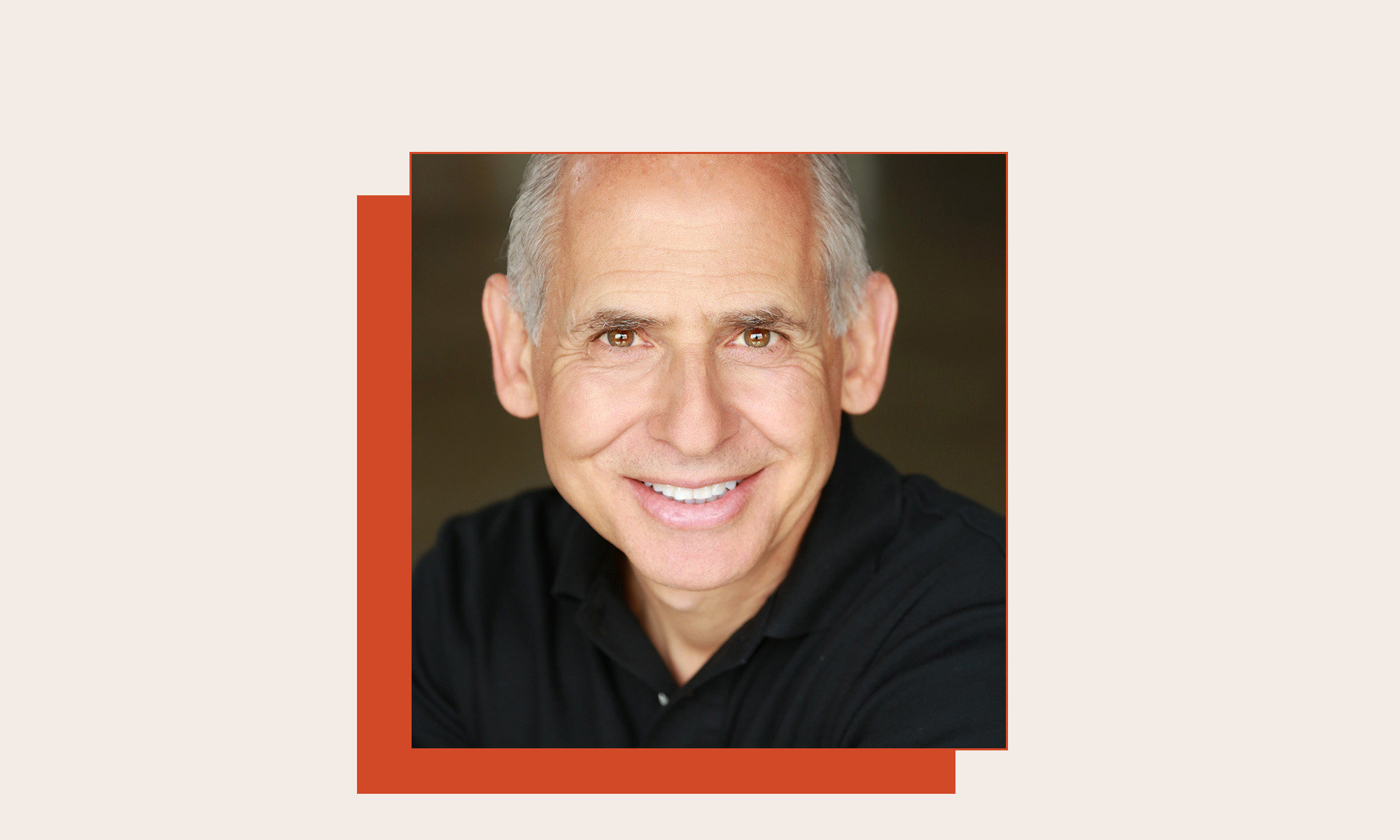Multilocation SEO: Strategies for Multiple Storefronts
Multilocation SEO: Do Location Pages Work for SEO? All business is local, but handling SEO for multiple locations poses some considerable technical and keyword cannibalization challenges. As brands expand to offer multiple storefronts or numerous service areas, there are...

All business is local, but handling SEO for multiple locations poses some considerable technical and keyword cannibalization challenges. As brands expand to offer multiple storefronts or numerous service areas, there are significant opportunities to capitalize on new keyword opportunities generated by a growing physical footprint.
As an experienced franchise marketing agency, we’ve developed several best practices for multilocation SEO, whether you have three locations or three thousand.
First, What Is Multilocation SEO?
Multilocation SEO is an expansion of your local SEO strategy to multiple locations, leveraging new geographic keywords to promote products or services in new communities. Sometimes referred to as multiple location SEO (MLS), it’s a particularly important strategy for chain restaurants and retailers, franchise home service businesses, banks, or any brand with more than one storefront.
How to Do Local SEO for Multiple Locations in One City
There isn’t a perfect roadmap for handling multiple-location SEO across brands or industries. It’s certainly helpful to work with an experienced agency to find the best SEO site architecture for multiple locations businesses, and you’ll likely invest in rigorous keyword research and competitive analysis to prioritize the creation of new content types, including
Location pages (Brand-Ames, Brand-Tallahassee, Brand-Bloomfield Hills)Local service pages (Brand-Ames x service offering, Brand-Ames y service offering)“Areas We Serve” pagesAnd other types of localized content, such as local blogs or resource pagesMultiple-Location Site Structure
You’ll usually find sites that organize local content into location pages. For SEOs, these pages have a plethora of names, including:
Local homepageMicrositesLocation pagesLocal landing pagesThere’s room to quibble about the definitions of these pages, but they mostly refer to a page targeting localized versions of keywords already targeted by the enterprise (or national) site.
Here are some examples of localized URLs and headers on a national and local page …
| National | Local | |
| URL | https://www.onehourheatandair.com/ | https://www.onehourheatandair.com/yuma/ |
| H1 | Local HVAC Experts You Can Trust | Complete HVAC Services in Yuma |
| National | Local | |
| URL | https://www.onehourheatandair.com/services/emergency-hvac-services/ | https://www.onehourheatandair.com/yuma/services/emergency-hvac-services/ |
| H1 | Emergency HVAC Services | Emergency HVAC Services in Yuma, AZ |
Location Pages for SEO
Every multilocation business should at least offer a location page. These serve as a local landing page (LLP), concentrating the SEO value of relevant keywords on a localized and unique version of the national site.
Creating these LLPs requires a bit of keyword research and planning. Start by asking yourself a few questions:
Will we also build local product or service pages? If not, you’ll need to include as many local keywords on the LLP as possible – without stuffing.How will we manage local SEO strategy for multiple locations in one city? This may require additional pages within the local homepage’s subfolder, or “Areas We Serve” pages.How will users find the location or store closest to them? In addition to organic landing page sessions, you’ll need to build a locations directory, which can be as simple as a list of internal local homepage links or a more complex store locator, like Starbucks’ handy map.How to Build Out a Location Page for SEO
The easiest way to build a local homepage is to use your existing site templates. Your national homepage template could serve as the local homepage template, and so on for any localized product or service pages. That said, our research shows that local landing pages perform better with some layout tweaks, such as:
Placing customer star reviews near the top of the page.Including customer testimonials from Google Business profiles on the page.Using unique photos or videos on the page.Reducing the number of duplicate content or pre-footer blocks (compared to national pages).Of course, the main purpose of a local page is to house relevant local keywords.
While these will typically be relatively low volume, local keywords tend to have higher click-through rates than non-localized keywords, and local pages tend to have higher session key event rates (the percentage of sessions that triggered a key event) than national pages.
Using tools like Semrush, Ahrefs, or Moz (additional options are available), find local keywords that match your product, service, or brand. Take a quick-service restaurant chain opening a new coffee shop location in, say, Chicago. They might look at these localized keyword variations that combine both relatively local (“chicago”) and hyper-local (“lincoln park”) targets.
| Keyword | Monthly search volume |
| best coffee shops in chicago | 2900 |
| small coffee shop chicago | 2900 |
| best coffee shops chicago | 1900 |
| coffee shops open late chicago | 260 |
| cute coffee shops in chicago | 260 |
| best coffee shops to study chicago | 70 |
| unique coffee shops chicago | 70 |
| cool coffee shops chicago | 50 |
| coffee shops with patios chicago | 40 |
| Keyword | Monthly search volume |
| lincoln park coffee shops | 1000 |
| lincoln park coffee shops chicago | 880 |
| coffee shops in lincoln park chicago | 590 |
| coffee shop lincoln park | 170 |
| best coffee shops lincoln park | 140 |
| coffee shops lincoln park | 140 |
| best coffee shops in lincoln park | 110 |
| coffee shop in lincoln park | 40 |
| coffee shops near lincoln park | 30 |
| best coffee shops to work in lincoln park | 20 |
| coffee shop lincoln park chicago | 0 |
| coffee shops to work in lincoln park | 0 |
| cute coffee shops in lincoln park | 0 |
| late night coffee shops lincoln park | 0 |
| lincoln coffee shop with parking | 0 |
Put yourself in your customer’s under-caffeinated shoes: If you’re strolling through Lincoln Park, which keyword are you more likely to use to find a coffee shop, and which subsequent search results are more relevant to you? Unless you’re willing to take the train across the city, you’re looking for a “coffee shop near me,” which is the ultimate local keyword.
What About SEO for Service Businesses with No Physical Location?
While your business may not have a storefront, it still has a defined geographic service area, like a plumbing contractor or a mobile glass repair company. Most franchise systems sell licenses based on a set of zip codes and assign the owner-operator exclusive rights to serve – and market – within that service area. Many franchise organizations use “Areas We Serve” or “City” pages to expand a location’s SEO reach to a wider geographic location. For example, an HVAC company may have a primary local homepage for “Generic HVAC Company of Chicago”, as well as “Areas We Serve” pages for Lincoln Park, Logan Square, Lakeview, North Center, and Uptown.
In most cases, “Areas We Serve” pages use the same layout as the primary local homepage while targeting that area’s most relevant local keywords, but it varies by brand.
Finally, it’s worth noting that not all multilocation businesses have local landing pages or “Areas We Serve” pages. Starbucks doesn’t, and, current events aside, they still seem to be doing pretty well.
Multilocation SEO Keeps Your Brand Local, Everywhere
Like all marketing, how you represent individual locations and service areas is an organizational decision that requires research, a clear strategy, and regular upkeep to deliver lasting results. We’ve seen brands get it right, and we’ve also helped brands after previous vendors got multilocation SEO very wrong. No matter who you work with, insist on transparent data, a long-term strategy, and a purpose-built platform to keep things clicking.

 Fransebas
Fransebas 










![Local SEO for Small Businesses: The Complete Guide [2025]](https://www.stanventures.com/blog/wp-content/uploads/2025/02/imgpsh_fullsize_anim-1-1024x619.png)


















